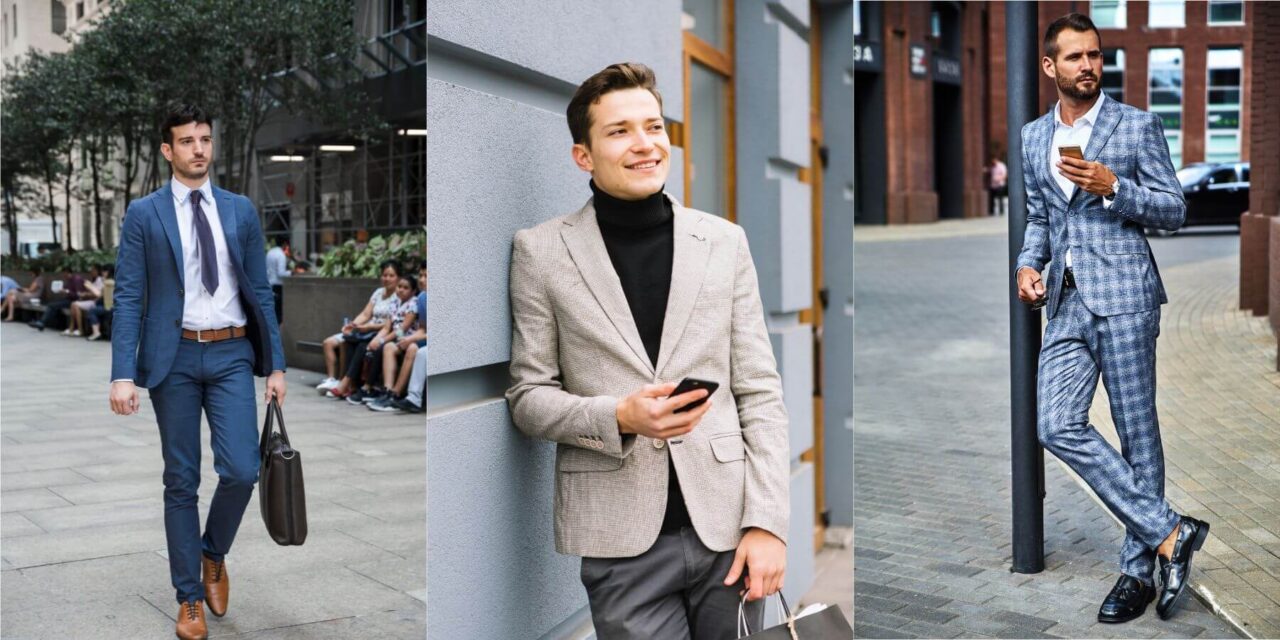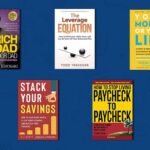Few phrases are as ambiguous yet universally recognized regarding workplace attire as “business casual dress.” This term has become increasingly common in office environments worldwide, but the interpretation can vary greatly depending on factors such as industry, company culture, and geography. Whether starting a new job, attending a professional networking event, or simply updating your wardrobe, understanding the nuances of business casual dress is essential.
This article will demystify the concept, explore its dos and don’ts, and offer practical tips for men and women to master this ever-popular dress code.
What Is a Business Casual Dress?
At its core, business casual dress combines professional and relaxed attire. It falls somewhere between formal business wear, such as suits and ties, and casual wear, like jeans and t-shirts. This style strikes a balance by maintaining a polished and professional appearance while allowing for comfort and individuality.
The idea of business casual dress first gained traction in the 1990s as tech companies in Silicon Valley adopted a more relaxed approach to workplace fashion. Over time, this dress code became mainstream, especially in industries outside of traditional corporate environments like law and finance. However, it is essential to note that business casual dress can differ significantly from workplace to workplace.
Why Business Casual Dress Matters
The way you dress in the workplace can significantly impact how others perceive you. Business casual dress projects an image of professionalism while also showcasing your style. Striking this balance can help build credibility, foster confidence, and open doors to career advancement opportunities.
Implementing a business casual dress code can boost employee morale and productivity for employers. Employees often feel more comfortable and focused when the formality of traditional business attire does not constrain them. A relaxed yet polished dress code can also contribute to a positive company culture.
Critical Elements of Business Casual Dress
Understanding the essentials of business casual dress will help you create outfits that meet expectations while allowing you to express yourself. Here’s a breakdown of critical elements for both men and women.
1. Business Casual for Men
- Shirts: Opt for button-down shirts, polo shirts, or neatly pressed collared shirts in neutral or subtle patterns. Long sleeves are typically preferred, though short sleeves may work in more relaxed settings. Avoid t-shirts and loud prints.
- Pants: Chinos, khakis, or dress slacks are excellent choices. Stick to neutral colours like navy, grey, beige, or black. Jeans are occasionally acceptable in casual workplaces but should be dark-washed and free of rips or embellishments.
- Blazers and Sweaters: A tailored blazer or a lightweight sweater can add a professional touch to your outfit. Cardigans also work well, especially in cooler weather.
- Footwear: Leather loafers, oxfords, or derby shoes are ideal. Avoid athletic sneakers or overly casual sandals. Keep shoes polished and in good condition.
- Accessories: Keep it simple. It would be best if you often had a classic watch and a leather belt that matches your shoes. Ties are generally optional in business casual settings but can be worn for a more polished look.
2. Business Casual for Women
- Tops: Blouses, button-down shirts, and knit tops are staples of business casual dress. Patterns and colours can be playful but not overly bold. Avoid revealing tops or those with excessive embellishments.
- Pants and Skirts: Tailored trousers, pencil skirts, and A-line skirts are popular. Stick to modest hemlines for skirts—knee-length or slightly longer is ideal. Like men, dark-washed jeans may be acceptable in some workplaces but should look polished.
- Dresses: Simple, tailored dresses can be a versatile option for business casual dress. Add a blazer or cardigan for a layered look.
- Footwear: Flats, loafers, and low—to mid-heeled pumps work best. Open-toe shoes are sometimes acceptable, but they should be modest and not overly casual.
- Accessories: Jewelry, scarves, and handbags can add personality to your outfit without going overboard. Avoid large, distracting accessories.
Dos and Don’ts of Business Casual Dress
Even within the framework of business casual dress, there are general guidelines to follow. Knowing what to do—and what to avoid—will help you make the best impression.
Dos:
- Do prioritize fit: Ill-fitting clothing can undermine even the most carefully chosen outfit. Tailoring can make a big difference in how professional your attire appears.
- Research your company culture: Before deciding on an outfit, observe what your colleagues wear or consult the employee handbook for guidance.
- Opt for quality fabrics. High-quality materials not only look more polished but also last longer, making them a worthwhile investment.
Don’ts:
- Don’t confuse casual with sloppy: Business casual does not mean you can show up in gym wear, flip-flops, or overly distressed clothing.
- Don’t over-accessorize: Stick to subtle, professional accessories rather than flashy or overly trendy pieces.
- Remember grooming: Your clean and well-groomed appearance is just as important as your outfit. Pay attention to details like ironing, hair styling, and overall hygiene.
Adapting Business Casual Dress to Your Industry
While business casual dress has become a standard for many workplaces, it’s essential to tailor your wardrobe to fit your specific industry. Here are some examples of how this dress code can vary:
- Corporate Offices: Business casual in a corporate environment might be more formal, with blazers, dress shoes, and tailored pants or skirts.
- Tech Startups: Business casual tends to be more relaxed in tech or creative industries. You might see employees pairing jeans with blazers or wearing stylish sneakers.
- Retail and Hospitality: Front-facing roles often require polished, professional attire that aligns with the company’s brand image.
By understanding the norms of your industry, you can ensure that your interpretation of business casual dress aligns with expectations.
Common Misconceptions About Business Casual Dress
1. “It’s the same as casual.”
One of the most common mistakes is equating business casual dress with casual wear. While business casual allows for more flexibility than formal business attire, it still requires a neat and polished appearance.
2. “Jeans are always inappropriate.”
While jeans are traditionally considered too casual, dark-washed and tailored denim is increasingly accepted in specific industries. Always consider your workplace culture before incorporating jeans into your business casual wardrobe.
3. “Business casual is outdated.”
With the rise of hybrid work environments and remote offices, some may think business casual is losing relevance. However, it remains a widely used dress code for in-person meetings, client interactions, and professional events.
Building a Capsule Wardrobe for Business Casual Dress
A capsule wardrobe is a collection of versatile, high-quality pieces that can be mixed and matched to create various outfits. Investing in a business casual capsule wardrobe can save time, reduce decision fatigue, and ensure you always have something appropriate to wear.
Suggested Items for Men:
- 3-4 button-down shirts in neutral colours
- 2-3 pairs of dress slacks or chinos
- One blazer or sports coat
- Two pairs of leather shoes (e.g., loafers and oxfords)
- Accessories: belt, watch
Suggested Items for Women:
- 3-4 blouses or tailored tops
- Two pairs of dress pants and two skirts
- One blazer and one cardigan
- Two pairs of professional shoes (e.g., loafers and pumps)
- Accessories: scarves, minimal jewellery
You can quickly adapt your wardrobe to suit different occasions by sticking to classic styles and neutral tones.
Conclusion
Business casual dress strikes the perfect balance between professional and comfortable, making it a popular choice in today’s workplace. However, its definition can vary depending on company culture, industry standards, and regional norms. You can confidently navigate any professional setting by understanding the critical elements of business casual attire, avoiding common pitfalls, and building a versatile wardrobe.
Whether heading to the office, attending a client meeting, or preparing for a job interview, mastering the art of business casual dress ensures you’ll always make a polished and positive impression.



